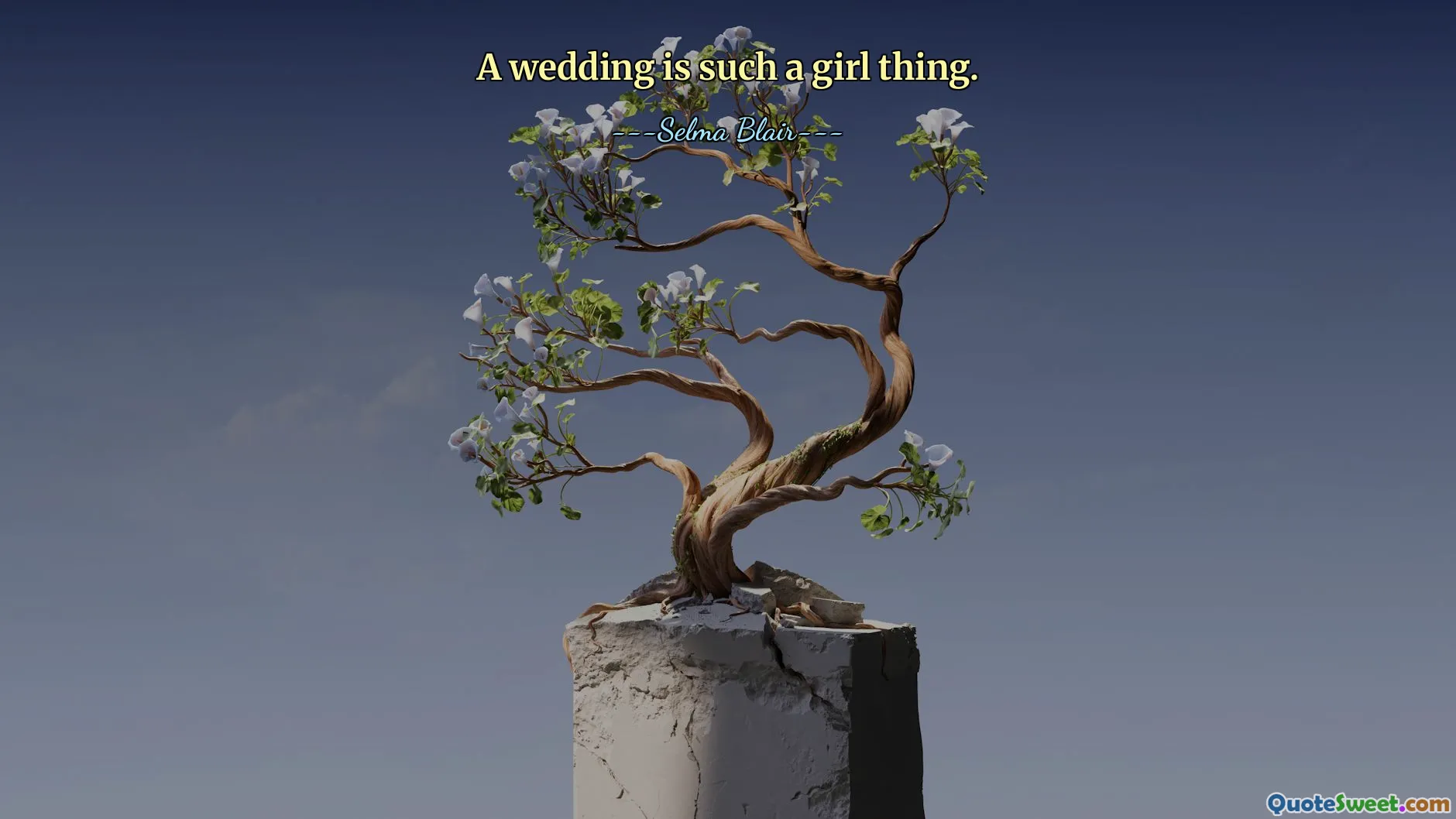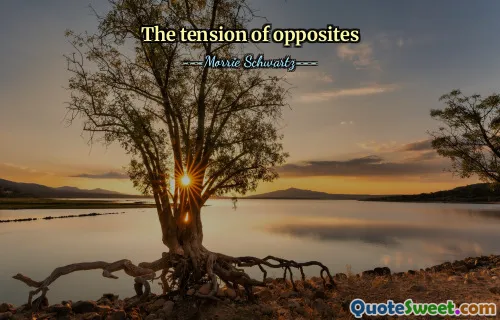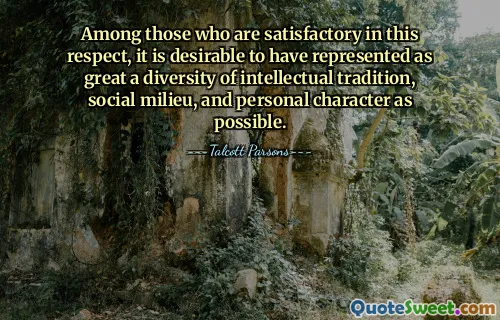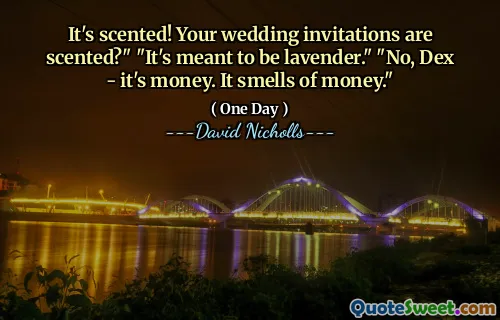
A wedding is such a girl thing.
This quote, attributed to Selma Blair, succinctly captures a common cultural stereotype about weddings and gender roles. The phrase "a girl thing" highlights how weddings are often perceived as predominantly women's events, associated with traditions, emotions, and rituals that many assume primarily interest or involve women. However, unpacking this seemingly simple statement opens the door to broader conversations about societal expectations, gender norms, and the evolving nature of weddings.
Weddings have historically been seen as milestones for women, often centered around ideals of femininity such as beauty, grace, and nurturing family bonds. From choosing the dress to managing intricate decorations, the activities surrounding weddings have traditionally been labeled "girl things". This reflects societal narratives where women are expected to uphold family and communal rituals, and weddings become a space where this role is publicly displayed and celebrated.
Reflecting on this quote, one can consider both the empowering and limiting aspects of such views. On one hand, the intimate involvement of women in weddings can foster creativity, emotional expression, and a sense of connection to culture and tradition. Women often take the lead in preserving meaningful ceremonies that strengthen family ties and cultural heritage. On the other hand, pigeonholing weddings as exclusively "girl things" can marginalize other participants, notably men and non-binary individuals, who also play significant roles in matrimonial events. It can perpetuate exclusionary norms where anyone outside the traditional female role might feel alienated from the full experience of planning, celebrating, or engaging in a wedding.
Today, societal trends challenge these traditional perceptions by emphasizing inclusivity and rejecting gender stereotypes. Many weddings now share responsibilities across all genders, celebrating partnership and equality rather than adhering to past conventions. The resonance of Selma Blair’s quote lies in how it opens a reflection on where we come from and where we are heading concerning identity, tradition, and shared experiences.
In conclusion, while a wedding has conventionally been "such a girl thing," understanding this phrase in context allows us to appreciate complex social narratives and the progress toward more inclusive celebrations. It can encourage us to question and redefine what weddings really mean beyond outdated gender frameworks, inviting everyone to participate fully and authentically.










